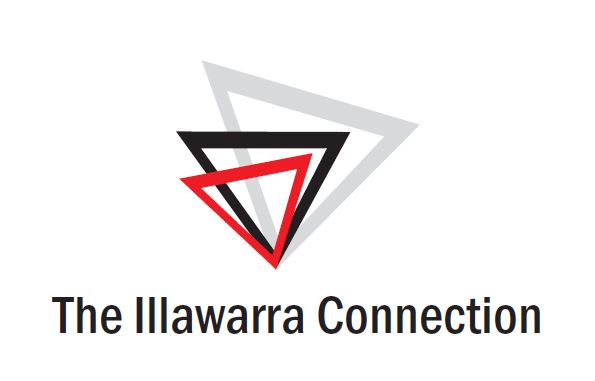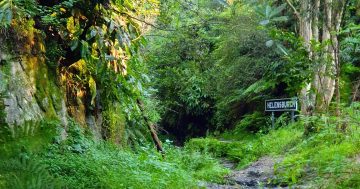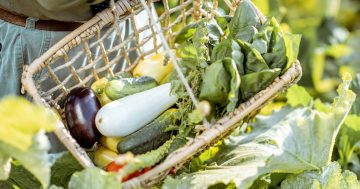
It’s a jungle out there – and weeds like purple morning glory are thriving on unloved roadside verges. Photo: B.A. Auld & R.M. Medd NSW DPI.
Warm weather and plenty of rain have delivered an abundance of greenery in the bush and along our roadsides this summer.
If you’ve got an eye for plants, you might have noticed the patches of bushland along the M1 are home to flourishing colonies of lantana, purple morning glory and moth vine.
Hordes of invasive weeds aren’t usually encouraged. In fact, the Department of Primary Industries says pest plants are “regulated with a general biosecurity duty to prevent, eliminate or minimise any biosecurity risk they may pose”.
So, what gives?
The reasons we have such healthy crops of invasive weeds along our roadways are complicated, but in the end, it all comes back to resources.
Associate Professor of Human Geography at the University of Wollongong, Nick Gill, explained the situation.
“Roadsides have good drainage – they’re often damp and fertile, and the roads are a good vector for transporting weeds,” he said.
“Weed management is very labour intensive – to clear a patch, establish natives and keep it clear is a years-long commitment, so an organisation like the RMS [Roads and Maritime Services] is unlikely to have the budget for that.
“Then there are weeds like lantana and purple morning glory that are so established; we’re working to contain, rather than eradicate them.
“It becomes a triage operation.”
A Transport for NSW spokesperson said maintenance for road corridors along the Princes Highway and the M1 Princes Motorway was focussed on maintaining safe sight distances and road clearances to ensure safety for all road users.
What this means for our protected bushland is a little bit complicated.
Swathes of weeds mean lots of seeds, so it’s easier for them to make their way into the national park and other areas we value for their biodiversity.
While this isn’t ideal, many weeds like lantana also provide habitat, shelter and food for native animals that they might not otherwise have access to.
“Just because they’re different, it doesn’t mean they’re of no value,” Associate Professor Gill said.
“Some weeds push native plants out, some grow where native plants can’t and some increase the biodiversity of a place. Some weeds are so established we accept we can’t eradicate them, just contain them.
“It’s not always black and white; sometimes you want to take action and sometimes you don’t.”
If some weeds are here to stay, how can we make sure our native ecosystems are protected?
Building the resilience of native vegetation and ecosystems can help keep them healthy enough that weeds don’t take over.
Weeds are also more likely to be spotted and removed early in well managed land.
That’s where government and volunteer groups like Bushcare come in.
Wollongong City Council’s Greg Fikkers spent the past 20 years working with local volunteers to improve the health of our native flora.
He said while the battle with weeds was never-ending, he’d seen massive growth in the Illawarra’s biodiversity.
“We want to keep the bush Australian, and if we don’t target weeds that can have a drastic effect,” he said.
“At the same time we want to restore areas at a sustainable rate, so they’re not left bare and exposed to erosion.
“We work from the good areas out, with the goal of having healthy green arteries along the creek catchments from the mountain to the sea.
“These provide highways for native fauna, so now we’re seeing things like spotted quolls as far down as Puckey’s Reserve – 10 or 15 years ago that just wouldn’t have happened.”
Mr Fikkers said caring for the environment was also a way of caring for our own communities.
Of the volunteers who give their time at the 50 or so Bushcare groups across the Wollongong LGA, most work in patches near their homes.
Their work helps create green spaces that aren’t just good for native plants and animals, but people too, as well managed bushland offers cool, shady spaces for recreation.
If you’re keen to help tame the hordes of weeds near your place, head to your local council’s website to find a Bushcare group that works for you.
If you’d prefer to start in your own backyard, Mr Fikkers said the Weedscan app can help you identify invasive weeds, and the NSW Weedwise App has good recommendations for how to tackle your weed problem once you know what you’re dealing with.
“Dealing with weeds is a never-ending battle – but you never lose, you just win or you learn,” he said.











